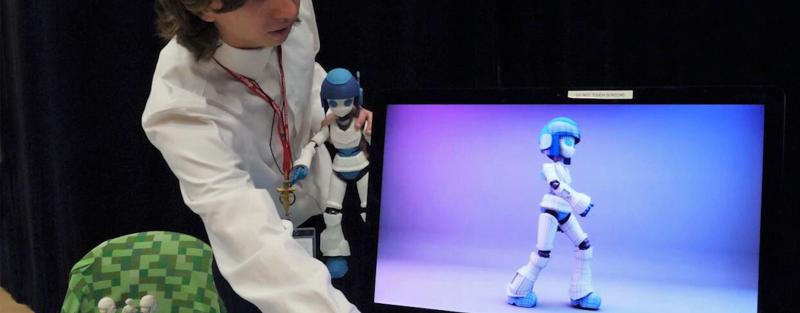Turn your passion for art and technology into a career in animation. Earn an animation associate degree and develop professional skills to work in a field that uses cutting-edge technology to express creativity.
Animation is the ability to make things move through time and space. The industry is thriving due to the demand for visual effects in movies, television, video games and business. Companies that produce multimedia content need teams of skilled professionals who can create animations to tell stories or convey ideas that resonate with viewers.
If you’re into comic books or video games and love a good story, getting a two-year animation degree can help you gain the creative, technical and industry knowledge to begin building a career. Learn how to draw backgrounds and characters, sketch storyboards and add sound to produce 2D and 3D animations. Gain extensive experience using industry-standard software on state-of-the-art computer equipment. Learn career-building skills while developing a portfolio to help you pursue a career in animation.
If you’re a creative person who loves art, storytelling and working with technology, this program will give you the skills to start a career path in animation.



